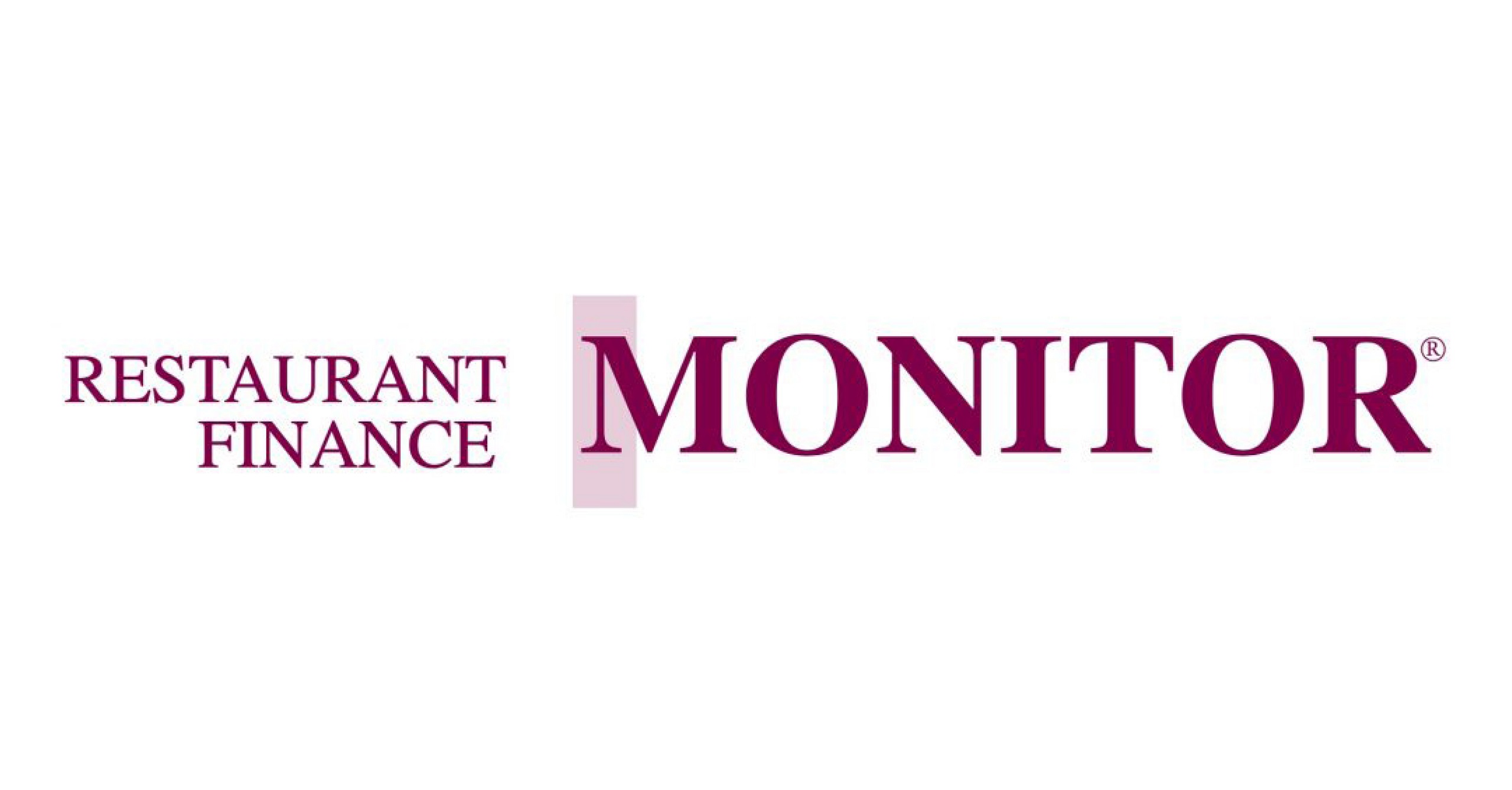The effects of the pandemic aren’t over, so be aware of some of the current follow-up and ongoing issues associated with COVID Relief Programs. Erik Ordal of Myslajek Kemp & Spencer, whom I consider one of the top experts on the COVID Relief legislation, weighed in heavily on the issues for this article.
Restaurant Revitalization Funds (RRF): The RRF program provided funds that were mostly wide open, allowing restaurant owners to use them for a broad array of expenditures. The funds had to be used by March 11, 2023, and included a reporting requirement, which at this point is past due. We’ve had some indication from the SBA they are anxious to complete all filings, so if you haven’t filed the appropriate reporting, do so now. The risk of non-reporting is the mandatory return of funds.
Employee Retention Credit (ERC): ERC seems to have a life of its own. Its deadline is quickly approaching and claims from 2020 quarters need to be filed by April 15, 2024.
Filing for 2021 quarters is April 15, 2025. There is no news currently on the IRS moratorium. You’ll recall that in September the IRS stopped processing claims through 2023. Essentially, claims filed with the IRS from July on probably haven’t been paid, which is unfortunate for legitimate claims (believe it or not, there are still businesses with unfiled ERC claims). Go ahead and send your filing to the IRS, but prepare for some type of new process and resubmission requirements. Bottom line is to treat it as if you are going to get the money back and cross your fingers Congress will act responsibly. Don’t forget the tax implications for the ERC refundable tax credit, which requires the business to amend 2020 and 2021 returns to reduce wage deductions. This also applies to many state returns.
On another note, the IRS is going after what are known as “ERC mills” (you’ve probably seen the TV ads), and trying to claw back. To address the ERC mill concern, on December 21 the IRS set up a new voluntary disclosure program that lets those who received claims pay them back at a discounted rate of 80% of the refund with an interest break.
PPP payments: Hopefully most of you have had your PPP funds forgiven. For those who have converted unused portions to a note, make sure those loans are current and that you are adhering to all the requirements. I’ve been contacted by large, national operators who received IRS notices questioning the way they prepared their PPP applications and how they combined entities or didn’t combine entities. I believe this is going to be an area that is subject to continuing audit.
Economic Injury Disaster Loans (EIDL): One of the largest areas of concern we have encountered, particularly in the M&A area, are EIDL loans. The requirements to obtain an EIDL loan were non-restrictive, and there were 3.9 million EIDL loans made for a total of $38 billion. There has been sparse oversight on these loans and a lack of media attention. The deferral of payments turned from 12 months to 24 months and then 30 months, so EIDL loans in January 2021 didn’t require any payments until this July. In most cases, the SBA filed a blanket lien, which you have to deal with for this filing. We have had a number of cases where the business assets or stock or membership interest are sold and the parties wanted to keep the EIDL loan in place due to its low interest rates. There is a consent process which is a fairly simple application allowing the loan to stay in place with the assumption by the new owners. The previous owners, however, are still liable for ongoing personal guaranty.
State Issues: Another major issue is, while the Federal Tax Law has been well defined as to forgiveness of PPP, RRF and tax return amendments for ERC, many states have not fully implemented Federal Compliance Legislation. So look for the updates for your state’s legislation, and what will need to be done. Many tax practitioners have elected to file state returns as if Federal Compliance Legislation will be retroactively enacted.
What Else is Out There? Two other programs that deserve your attention are Pace Funds, which can be used particularly for energy-saving expenditures, frequently in hotel projects, and EB-5 investments to provide favorable equity for the restaurant industry in conjunction with securing a green card for the investor. Many states are still active in providing grants to the small-business community, so keep track of these.
And while you most likely wish you could wash your hands of the entire COVID nightmare, the effects, along with new strains, will be ongoing. So keep vigilant in both your business and personal hygiene.
From the January 2024 issue of Restaurant Finance Monitor
Author
-

Co-founder and chairman of Monroe Moxness Berg PA, Dennis is a pioneer in corporate financing with a broad network of finance contacts and clients. He assists businesses, from emerging companies to multi-national firms, by providing creative ideas, identifying unique financing sources, and developing the financial tools necessary for their growth and development.
